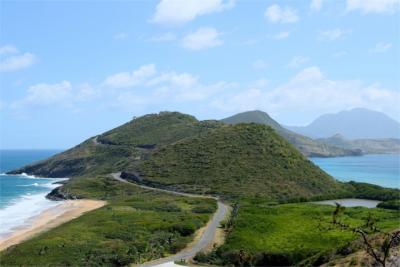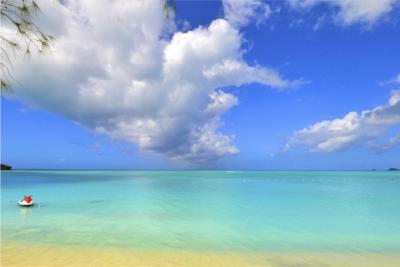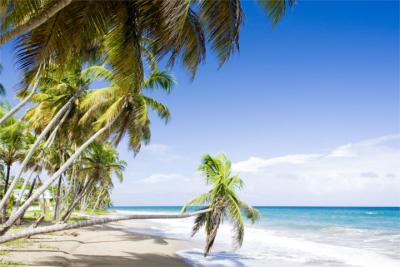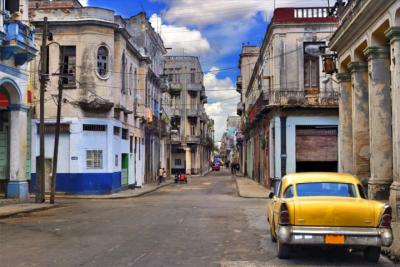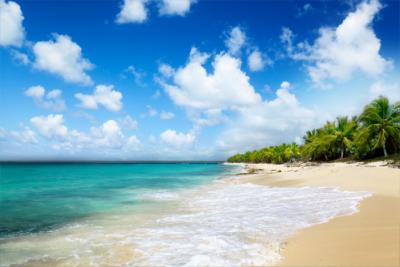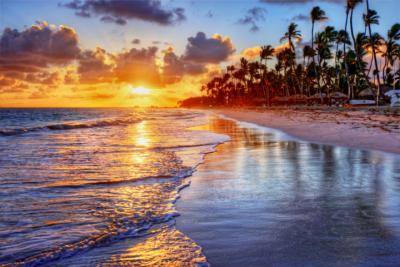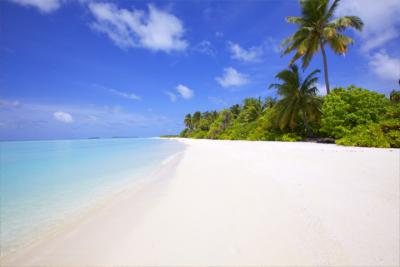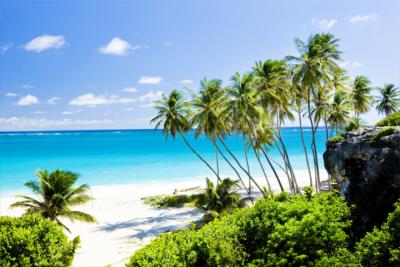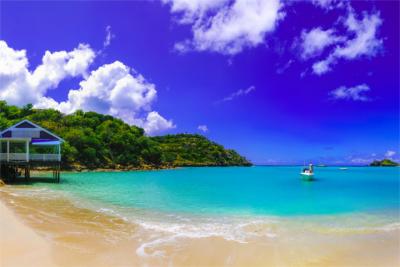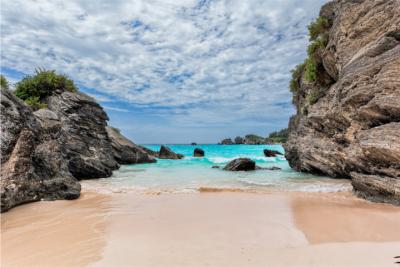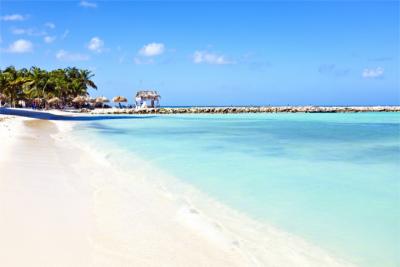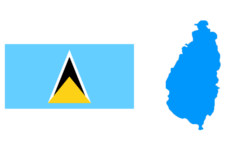Travel Offers
Travelmyne Featureprint
Distance
Saint Lucia - Caribbean Island Magic
Diving, visiting volcanoes and living the island dream - that is all Saint Lucia is about. The island in the middle of the Caribbean can be recognised by its distinct rocks from afar and is a real highlight for every island fan. Although Saint Lucia is a popular destination for cruisers, it offers a number of quiet places where travellers can unwind and relax.
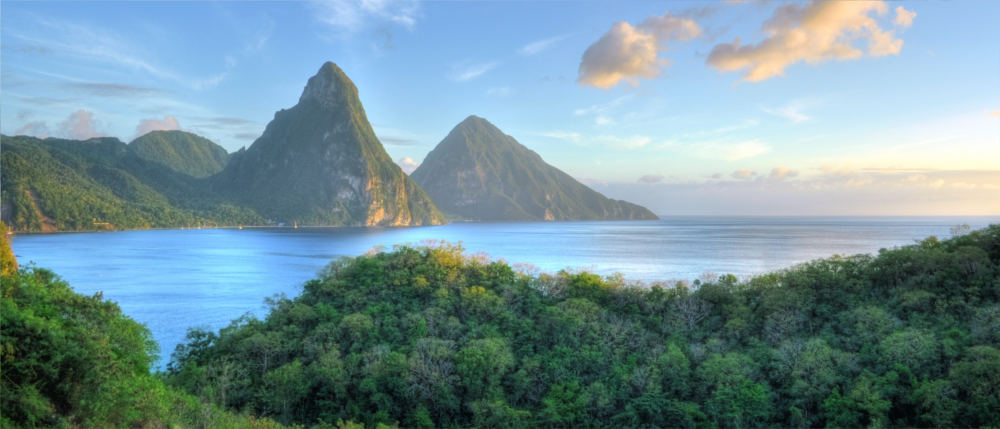
Geography - Island country in the Caribbean
Saint Lucia is a wonderful Caribbean island of the Lesser Antilles and is very popular with cruisers. The island country consists of only one island and its biggest city is the capital of Castries. Saint Lucia is divided into eleven quarters. Although the tropical climate is very stuffy and rich in rain all year, the island is one of the most popular destinations in the Caribbean.
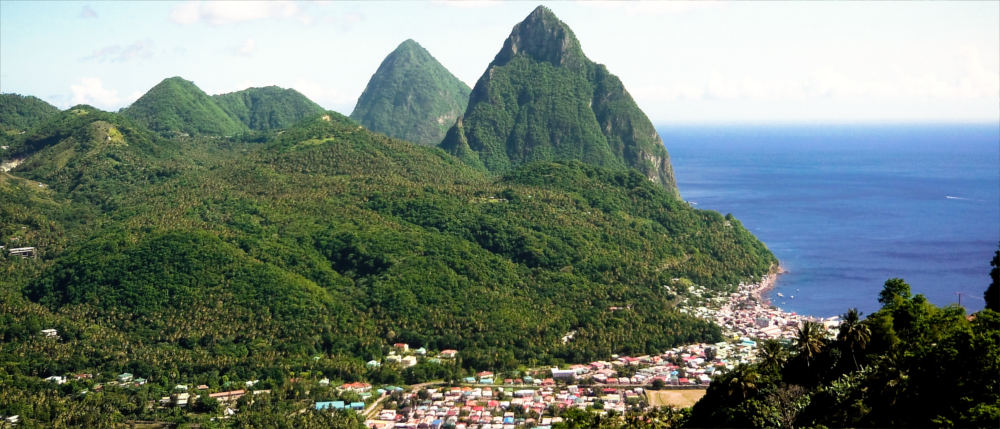
Nature - Volcanic island in the sea
Saint Lucia can be recognised from a distance by its distinct peaks and hills. The island is generally very hilly and mountainous. While its heartland is heavily forested and partly undeveloped, the long coast (158 km) is booming. Sandy beaches, clear sea water and great temperatures make the island very attractive. The main attractions of the volcanic island are, of course, its high volcanic peaks. They can be seen on a cruise or from the air and are the island's most popular postcard and photo scenes. The two volcanoes, called "Twin Pitons", lie near the town of Soufrière and are part of the UNESCO World Natural Heritage.
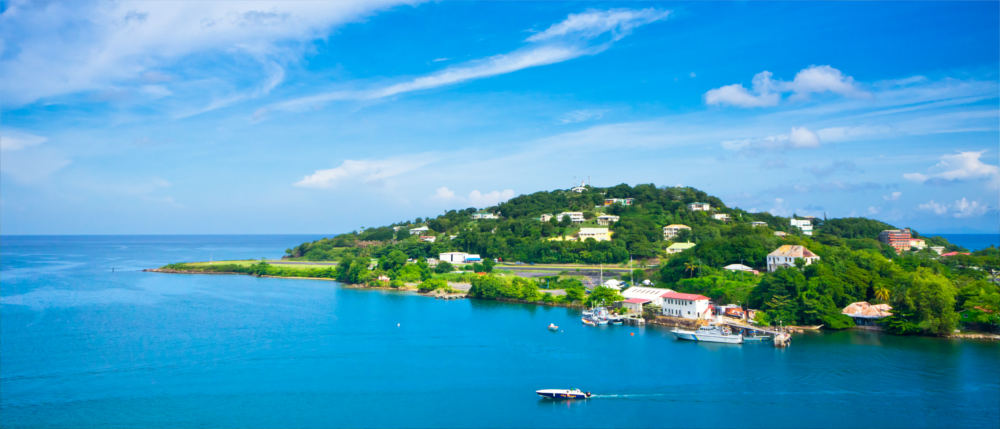
Natural sights - Steep, green peaks
Saint Lucia's extraordinary landscape has made it the shooting location of several film productions, including the blockbusters Dr. Doolittle and Superman II. The best destinations for going hiking and exploring the island are the two volcanic peaks of the Twin Pitons (French: "Deux Pitons"). Both the Gros Piton and the Petit Piton are the result of solidified lava and characterise the island's scenery. There is one more volcano - the Sulphur Springs. They are a frequently visited tourist attraction.
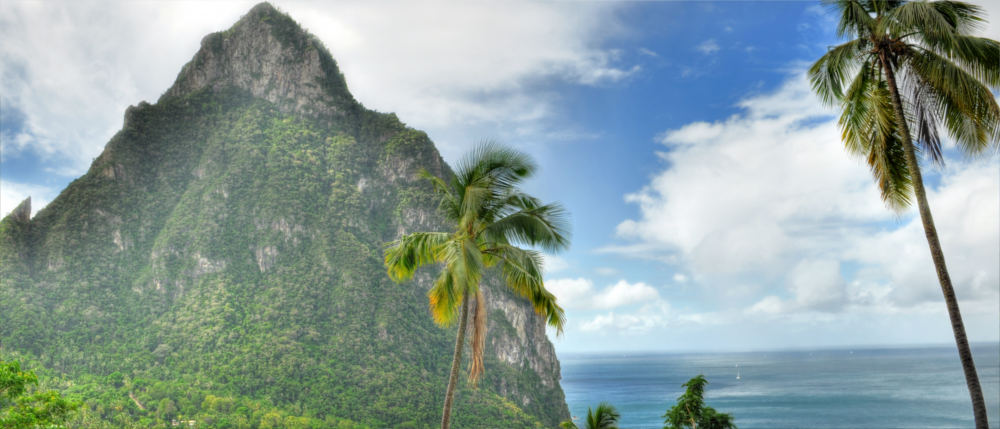
Culture - Iguanas and colonial powers
Saint Lucia's native inhabitants called their island "Iouanalao", which means as much as "where the iguanas live". Not many of these iguanas are left and only a few of the ancestors of the native inhabitants still live in remote areas. The arrival of the Europeans in 1500 changed the life on the island. The first permanent settlers were the French in the 17th century. They laid claim on the country early on but were opposed by the British. Altogether the colonial power of Saint Lucia changed 14 times between the two nations. The island finally gained independence in 1979 but English is the official language to the present day. French is common as well. Tourism has become the country's most important source of income. Cruisers stop at the booming coast and drop off more and more visitors every year in the small island paradise.
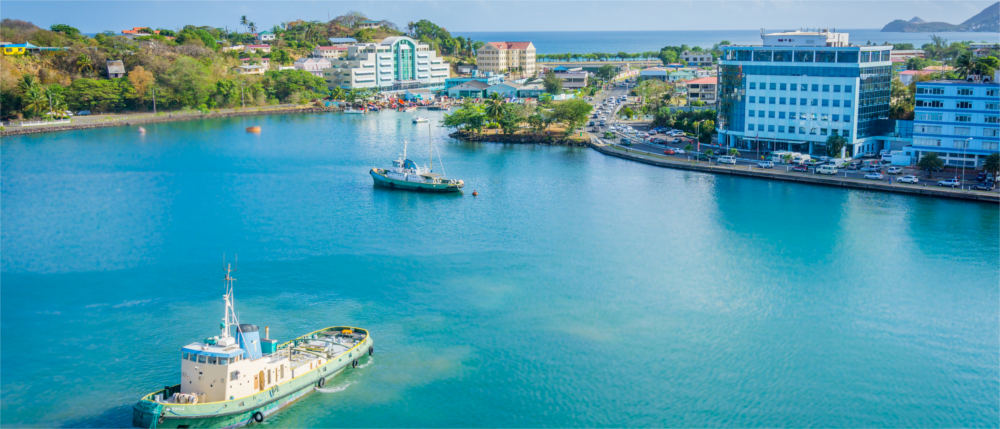
Cultural sights - The tourist city of Castries and old ruins
Castries is the capital and the tourist centre of Saint Lucia. It lies directly at a bay at the sea and offers a fantastic view of the island and the hill of Morne Fortune. Well-known destinations in the city are Derek Walcott Square, which was named after the Nobel laureate in literature, and the adjacent cathedral. One attraction is located on the peninsula of Pigeon Island: the old ruins of Fort Rodney, which are the last traces of colonial times. You find a settlement of the native inhabitants in La Pointe near Choisen as well as numerous banana plantations around the town of Dennery.
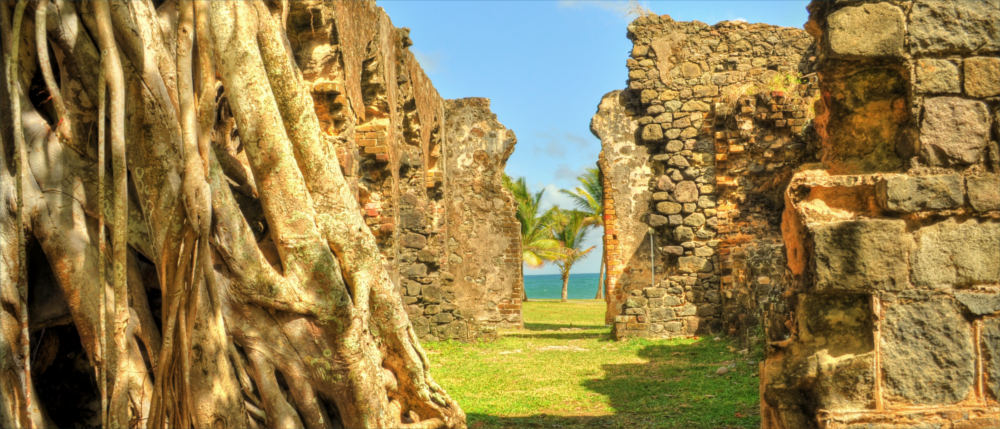
Experience - Banana ketchup at the waterfall
Special attractions on the island are the waterfalls in the middle of the tropical forest. They offer a welcome refreshment after a day in the tropical heat. Travellers should definitely taste the island's delicious cuisine. Saint Lucia offers an interesting mix of French and Caribbean food. One common dish is the stew metagee, which contains cooked fish, beef, bananas and pumpkin. An even more extraordinary delicacy is the island's banana ketchup. The banana from Saint Lucia is used in various kinds of dishes. It is one of the island's most important export products. The lively nightlife mainly takes place in Rodney Bay. Clubs, parties and restaurants open early here. The capital of Castries is fully developed for tourists and offers enjoyable evening entertainment.
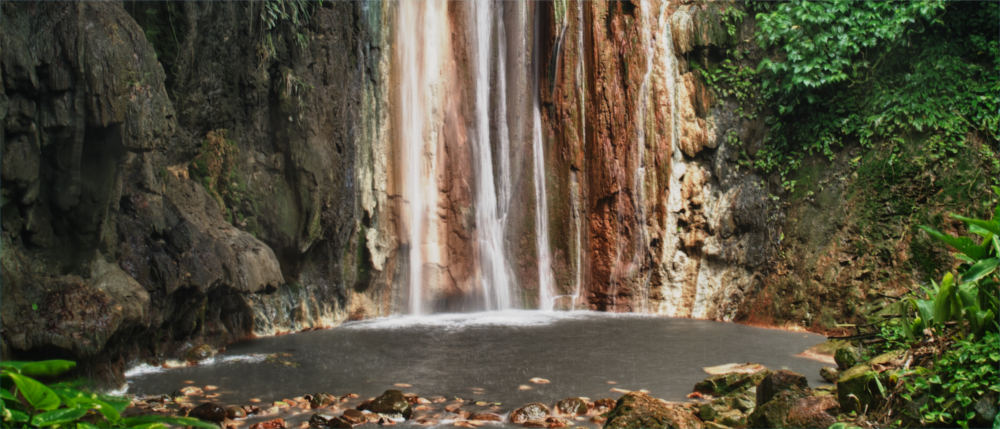
Activities - Diving in front of Saint Lucia
Saint Lucia is a great place for having fun at the seaside and doing water sports. One popular highlight is a trip with a genuine sailing boat. Divers frequent Anse Cochon north of Canaries. In addition, the island offers numerous exciting hiking trails through the jungle and to the top of the volcanoes.

Information
The peak tourist season on Saint Lucia lasts from December to April. During this time, it rains less often and numerous tourists visit the island. Cruise tourism is particularly popular here. Travellers who want to get to know the neighbouring islands too should use the so-called island hoppers. They fly from island to island every day and give you a great overview of the Caribbean. If you decide to rent a car, you need to pay attention to the left-hand traffic.
Divers and water sport fans love the stunning tropical country in the middle of the Caribbean. Its clear water and untouched nature make Saint Lucia an excellent destination for lovers of nature and all travellers who could use a bit of relaxation.




